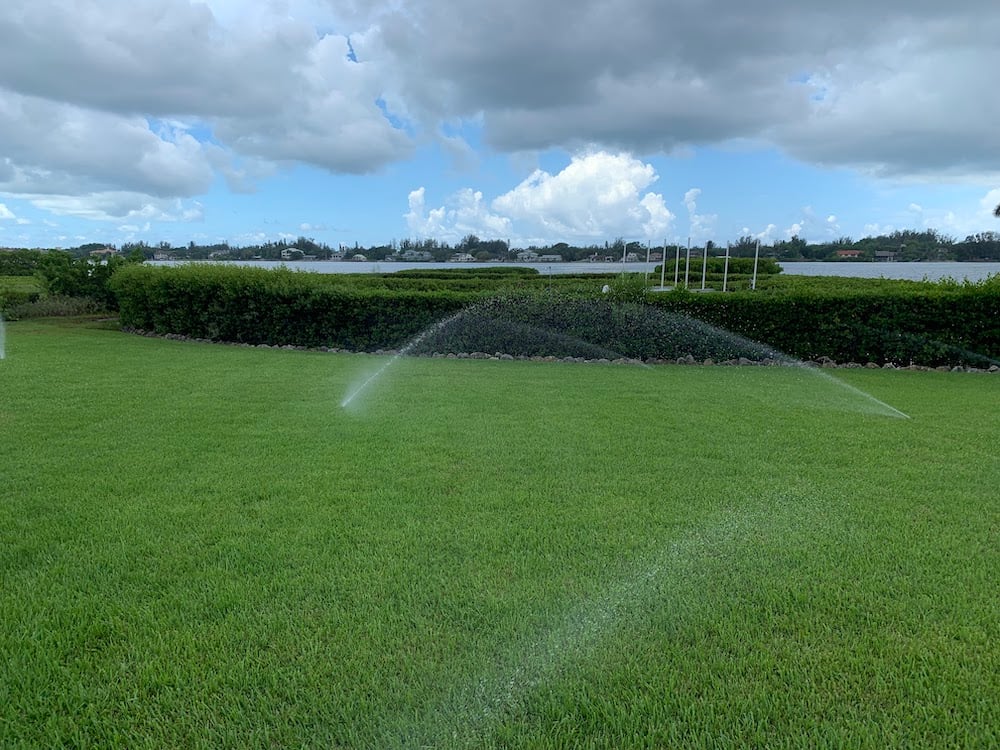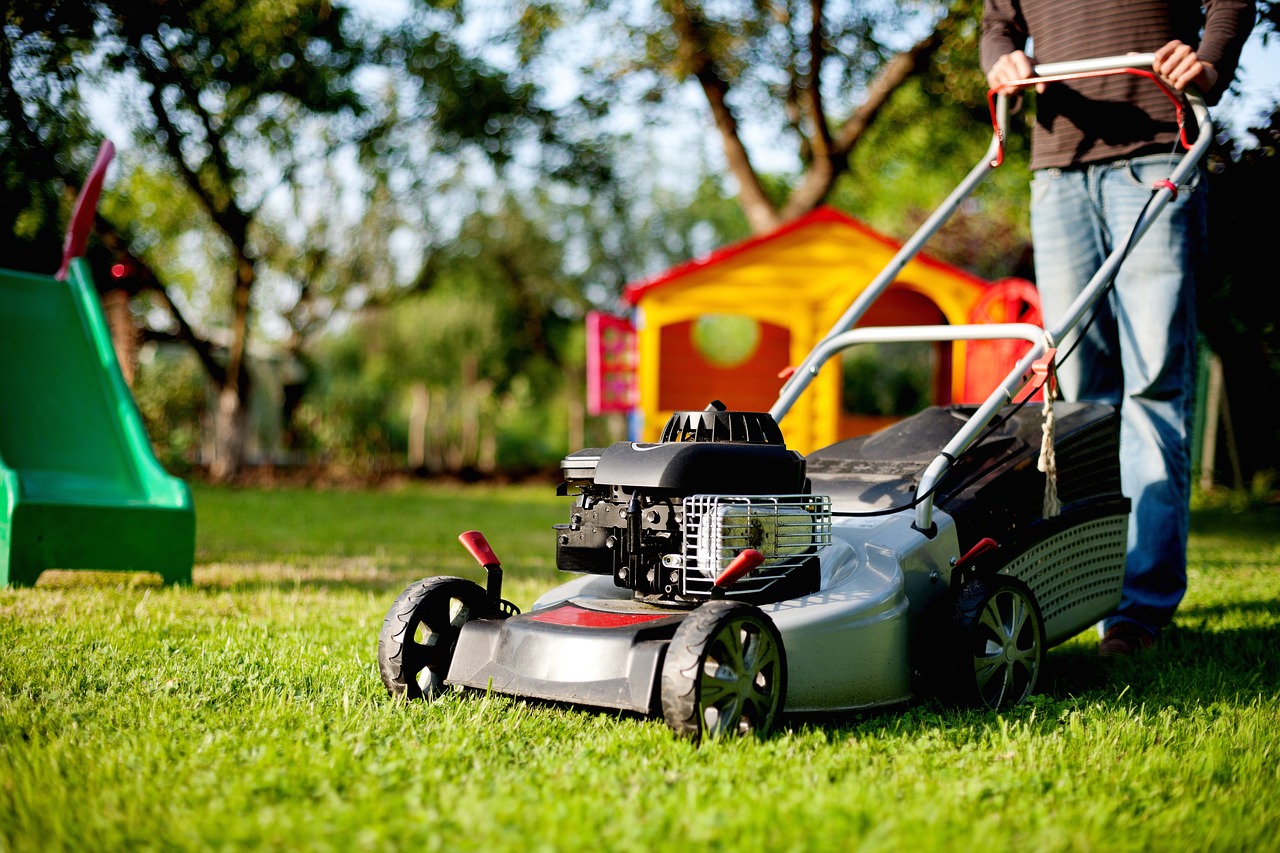
Top 5 Lawn Diseases in Sarasota and How to Prevent Them
If you’ve already used up all your good excuses and need one nobody’s heard before, try this one: “My lawn is sick.”
If they need more convincing, you can heave a big sigh and bust out the details. “Yup, it’s got brown patch. Or maybe it’s gray leaf spot. Dang high humidity. Either way, I won’t be able to help you move that piano this weekend, sorry.”
Of course, if you actually do have one of South Florida’s common grass diseases, things just got more serious.
What are the lawn diseases in Sarasota that might show up out there? Brown patch. Gray leaf spot. Dollar spot. Pythium root rot. Take-all root rot.
Keep reading to learn more about preventing lawn diseases, including:
- What’s So Bad About Lawn Diseases?
- Common Grass Diseases Thrive in Florida Weather
- Brown Patch
- Gray Leaf Spot
- Dollar Spot
- Pythium Root Rot
- Take-All Root Rot
- What’s the Best Time to Treat Lawn Diseases?
- Preventing Lawn Diseases
What’s So Bad About Lawn Diseases?
Sarasota lawn diseases are bad news, causing ugly damage to your grass.
Lawn fungus can move in quickly, turn your lawn weird colors, create ugly or bare patches and weaken your turf so it’s vulnerable to other invaders like weeds and pests.

Common Grass Diseases Thrive in Florida Weather
Florida's weather creates a perfect storm for lawn diseases, with our warm, humid climate and frequent rainfall.
All that moisture in the air helps fungal spores germinate and infect grass blades.
Heavy rainfall can lead to waterlogged soil, which is the perfect setup for fungus to grow.
Common Sarasota lawn diseases like brown patch, dollar spot and gray leaf spot are directly connected to our warm, wet weather.

Lawn Diseases in Sarasota: Meet the Big Five
There are lots of different lawn diseases, but five main offenders show up most often in Sarasota, says Austyn Lopez, an account manager at Tropical Gardens Landscaping.
Here’s a look:
Brown Patch
This one looks just like it sounds. You’ll see circular or irregularly shaped brown, tan, or yellow patches on your lawn, ranging from a few inches across to several feet in diameter. As it gets worse, you’ll notice areas of dead or thinning grass.
Brown patch is especially common in St. Augustine grass, which is bad news, since almost everybody around here has this popular lawn type.
Brown patch typically shows up in fall through early spring, triggered by cooler temperatures and high humidity.

Gray Leaf Spot
You’ll first notice gray leaf spot as small round or oval tan spots with dark brown borders. In high humidity, like we often have here in Sarasota, the spots turn gray and fuzzy. Your grass blades might look matted and greasy and start dying back from the tip. Nothing about this common grass disease sounds good.
Gray leaf spot is most active in summer, especially during wet, humid weather.
Dollar Spot
This common grass fungus causes small bleached-out or tan-colored spots on the grass. As they spread, they merge together to form larger affected areas of dead or dying grass.
Be on the lookout for dollar spot in late spring through early fall — it thrives on warm days and cool nights.

Pythium Root Rot
Here’s another beauty, this time with irregular orange or yellow patches, streaks, or spots. If you feel like looking closer, you’ll notice individual grass blades may have dark, greasy crowns or roots. The grass turns yellow, then tan as it dies.
Pythium root rot is triggered by wet soil conditions and stressed grass, and can happen any time of year if the soil is saturated for several days or weeks.
Take-All Root Rot
Another type of root rot, this one, called TARR for short, especially strikes St. Augustine and Bermuda grasses, both warm-season grasses popular here.
You’ll notice your lawn thinning, turning yellow then brown, in irregular patches.
It’s often mistaken for chinch bug damage, Lopez says, so a lawn care pro comes in handy to tell the difference.
Like its pal, Pythium root rot, TARR can occur at any time of year if the soil stays saturated for a while.
What’s the Best Time to Treat Lawn Diseases?
Yesterday. Seriously, though, it’s best to hop on these at the first sign of the disease, or even beforehand, as a preventive measure, if it’s a reoccurring problem on your lawn.
Here at Tropical Gardens, we use a few targeted tactics to banish common grass diseases:
- Apply targeted fungicides based on the type of disease
- Alternate fungicide active ingredients to prevent resistance
- Reapply fungicide two weeks after the initial treatment if the conditions persist
- Improve drainage and airflow in the problem areas
Even better: try to prevent them from happening in the first place.
Which brings us to…

Preventing Lawn Diseases
Not into fuzzy gray lawn? There are a few things you can do to help prevent lawn diseases, Lopez says, by controlling the conditions that cause them to strike:
- Avoid overwatering, especially in the evenings. The ideal watering window is early morning, before sunrise, so your lawn has a chance to dry off during the day.
- Mow at the correct height. If you have St. Augustine grass, as many South Florida homeowners do, that means mowing at a height of 3.5-4 inches.
- Keep your mower blades sharp to reduce stress on the turf. A dull blade rips grass blades instead of slicing them cleanly, which invites diseases to strike.
- Use a balanced fertilization plan tailored to your turf type and the season.
- Don’t let thatch build up in your lawn. Thatch, that layer of organic material between the green grass blades and the soil surface, encourages root rot and other common grass diseases. Thatch acts like a sponge, trapping moisture from rain or irrigation and holding on to it. Occasional aeration can help by keeping the air flowing to your lawn’s roots.

Sarasota Lawn Diseases Grossing You Out? Talk to Us
Gray, fuzzy lawn? Matted, greasy grass? Yuck. Your grass really is sick.
Don’t just use it as an excuse not to help your neighbor move his piano.
Make it go away, with Sarasota lawn care services pros who know how to get the job done.
Tropical Gardens provides tailored, full-service landscape services in Sarasota that ensure your Florida landscaping gets all the care it needs, from banishing icky lawn diseases to providing the best care to help prevent them in the first place.
Let’s get started. We’ll help you figure it all out.
Give us a call or fill out our form today! Our team of Sarasota lawn pros can’t wait to transform your Florida lawn into a green oasis. Not a fuzzy gray nightmare.


